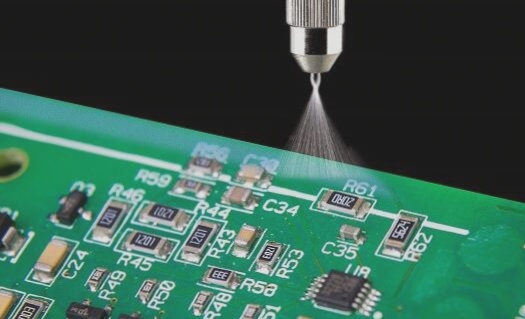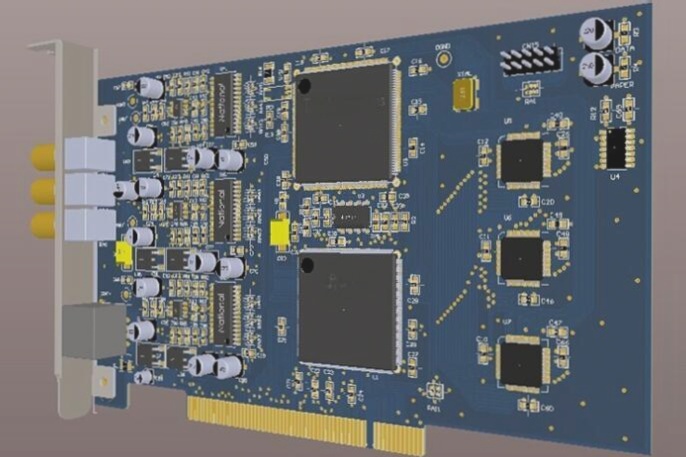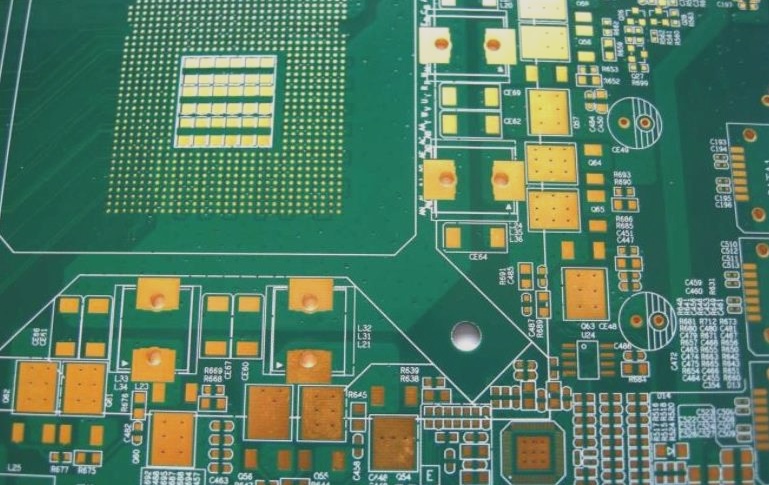FR4 PCB Board Material – An Essential Overview
Designing a PCB is a crucial process that requires adaptation to changing device designs and functionalities. While traditional materials offer familiarity, innovation in material selection is essential for creating fast, versatile, and space-efficient devices. PCB designers are now opting for high-quality, temperature-resistant, and easy-to-handle materials like FR4, a popular choice that continues to dominate the market. Let’s explore whether FR4 is the ultimate option or if there are other considerations to keep in mind.
Understanding FR4
FR4 stands for flame-retardant woven glass-reinforced epoxy resin, with the ‘4’ denoting the glass-reinforced epoxy material. In PCBs, FR4 is commonly used in double-layer boards, sandwiched between copper layers. Multi-layered PCBs feature FR4 cores surrounded by prepreg layers and copper sheets, enhancing the board’s durability and usability.
FR4’s flame-retardant properties and core composition contribute to its vital role in laminating PCBs, ensuring reliability and longevity.
Learn more: Tips for selecting the best PCB supplier
Key Features of FR4 PCB Material
- High strength
- Exceptional water resistance
- Better insulation
- Enhanced flexibility for PCB structures
- Outstanding structural integrity
Choosing the Best Material for Your PCBs
Aside from FR4, there are other options like CEM 1, CEM 3, and FR2 available for creating reliable and user-friendly PCBs. Many seek alternatives as the FR4 board may lose its heat resistance over time, impacting the device’s performance.
Tips for Selecting the Right FR4 Material for Your PCB
- Consider the thickness of the FR4 material, crucial for optimal PCB application.
- Match the FR4 material to the device’s size and delicacy, ensuring compatibility with space-conscious or delicate devices.
- For flexible applications like medical or automotive devices, opt for thin FR4 layers for easy flexing.
- Be cautious with groove-rich designs, as thin PCBs may risk board damage, affecting structure durability.
- Balance the device’s weight by choosing thinner FR4 sheets for enhanced portability and user-friendliness.
Instances to Avoid FR4 Material
- Avoid FR4 for devices exposed to high temperatures or requiring aerospace-grade durability.
- For lead-free requirements in devices, FR4 may not comply with RoHS standards, as it cannot withstand high-temperature lead-free soldering.
- Devices needing consistent signal flow or impedance uniformity should steer clear of FR4, known for signal integrity challenges.
In scenarios like these, it’s advisable to refrain from using FR4 in PCBs.
Key Considerations for Your PCB Material Choice
Why FR4 Board PCBs Are the Go-To Choice for Most Devices
- FR4 Board PCBs are widely trusted for their reliability and performance.
- They offer a cost-effective solution with good temperature resistance.
- These PCBs excel in humid conditions, making them popular in various industries.
Before finalizing your PCB material choice, it’s crucial to communicate your specific requirements to the manufacturer. Factors such as desired device features, application area, and durability need to be considered to ensure optimal performance within your budget.
For device manufacturers, conducting a PCB prototype is a smart move. By testing the prototype thoroughly, you can identify any potential issues before moving forward with large-scale production.
Explore DIY PCB Design Techniques
Interested in designing your own printed circuit board? Learn how to design a printed circuit board yourself with expert tips and guidance.



